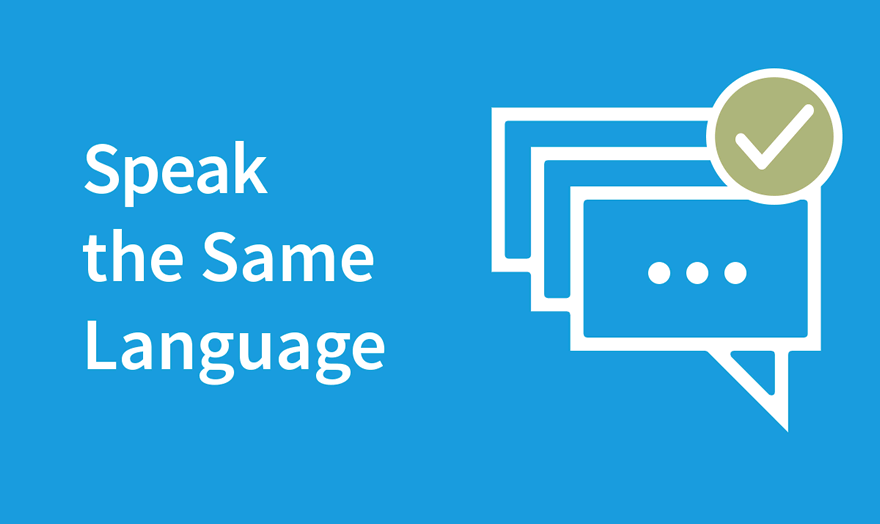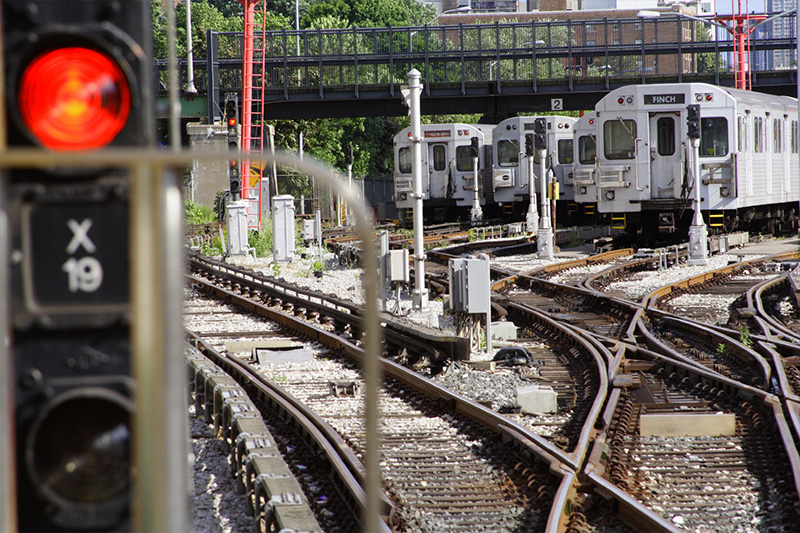As the seasons change, most of us on the East Coast are gearing up for winter’s favorite activity: no, not skiing, but…getting snow tires.
If you’ve never had to get snow tires, consider yourself lucky. They cost hundreds of dollars, plus you have to pay to store your regular tires. But besides just the cost, there are so many different options to choose from. There are tires with snow chains. There are studded tires and non-studded tires. There’s a siped option, which are small patterned slits on the lug tread that act as an extra edge for better road grip. And then, you have the option of rims too.
The type of tires you buy are not just dependent on those factors, but also the way you drive, weather conditions, the type of driving you do (highway or local), and where you live. It’s highly dependent on not just the make and model but how and where they will come to touch the road after you’ve bought them – how they interface with the wheels on your car, grip, noise, comfort, and how this all relates to other systems in the car, performance, braking, acceleration, and handling.
By now, you’re either grateful you don’t have to change your tires often…or dreading doing it. You might think that our brains love choices, but too many choices can lead to difficulties making a decision (or even not deciding at all). This is called over choice or choice overload; a term originally introduced back in 1970 in a book by Alvin Toffler called Future Shock.
And a quick Google search shows we’ve been dealing with the dilemma of choice for quite some time.
You don’t need to look any further than your transit agency: How do you deal with the multitude of options for your software? Or the multitude of options where to put taxpayer’s dollars? In the transit world, decision making is extremely important and valuable – laying the foundations for the cities we live in and the lives we built.
That’s why having too many choices can stall decision-making processes. I’ve seen transit agencies who are dead set on upgrading their fare technology with new fareboxes and ticket vending machines, only to delay the RFP for months or a year. The cost of making a decision – not just financially but mentally – was too difficult. That’s why, when it comes to transit technology, you need to simplify the options a little (too bad my mechanic doesn’t do the same when he presents me with my snow tire options).
Let’s Simplify the Options
When choosing transit software, there are two main routes you could go:
Single-point solutions: Choosing a specific solution for solving each unique problem. Therefore, you will need multiple solutions from multiple vendors for every challenge.
Fully integrated enterprise solution: This option might limit your choices, but as Aristotle put it, “The whole is greater than the sum of its parts.” This methodology is fixated on the betterment of your entire agency, rather than solving just one challenge.
Learning from the Past – Death of Single-Point Solutions
Ask the business community today if it is feasible to have standalone systems for accounting, HR, finance, payroll, purchasing, workforce management, production, etc., with limited integration among them and they’ll tell you how fast their organization would collapse. Enterprise resource planning (ERP) was a paradigm shift a few decades in the making, breaking into the mainstream in the 1990s, and is now the model.
So where are we in the people transportation industry today? It depends on who you ask, but a fair response is we are reaching the “ERP Tipping Point of the 1990s,” regarding the operations side of the house.
Despite this paradigm shift, many agencies are still spending big dollars on consultants to write specs for separate “state-of-the-art” operating systems for scheduling and planning, operations, workforce management, faring, and asset management to name a few.
It’s not effective and leads to five issues.
5 Issues with Single-Point Solutions

- Too Many Choices – Single-point gives you all the choices in the software environment (but, as mentioned above, too many choices aren’t always the best thing and may stall or delay your decision making)
- Don’t Speak the Same Language – While it does give you a choice and the ability to be very specific, the truth is, different single-point systems don’t share information very well
- Multiple Vendors – When you have multiple vendors, if a particular problem occurs, you’re left dealing with many possible reasons why it isn’t working together. Is it something in that particular solution? One of the others it’s trying to work with? Now you have to troubleshoot with different vendors to see where the problem actually takes place. Or, put more simply, you don’t have “one throat to choke”
- No Optimization – Your systems are not as optimized as they could be because you are dealing with multiple vendors, systems, departments, software, etc. This results in too much fragmentation throughout your agency’s entire operations. Having multiple offerings and customizations might be great, but they can also be very confusing and unmanageable monsters in the making
- Too Many Solutions – I won't name names but I do know a transit agency that has over 400 different solutions from multiple vendors. This is an extreme case but the end result is the same. Too many places to go to for support, no integration, difficulty training employees on so many tools, and much more.
The fact is: transit technology has changed enormously in the past few years and so should the way we implement it – not as single-point solutions that don’t integrate but rather as an enterprise software system that connects every department in your agency.
6 Benefits of Enterprise Solutions

- Speak the Same Language – The biggest upside to an enterprise solution is the easy integration across solutions and departments. Collecting data is easy, but using that data to strengthen your agency’s operations is the challenge, particularly across departmental lines. Having a unified system makes sharing information easier while also correlating the finer data points
- Simplified Decision Making – As discussed above, having too many choices isn’t always the best thing. With an enterprise solution, you have fewer procurement processes and fewer vendors which make decision-making easier
- One Source – Instead of turning to 10 different vendors for support, you have one support source. This makes quality control better; not to mention that you need to spend less on training
- Better Ability to Plan – Business intelligence (BI) is the name of the game and these systems working in unison makes all the difference. Compare that with exporting data from one department or software and importing it into another. This is time-consuming and has a higher chance of errors being made because of the separate systems
- Standard & Simplified Reporting (Optimization) – Having a standard user interface/experience across your agency makes it easier for your employees, reports are consistent agency-wide, and, just like with the tools we use in our everyday lives, it feels like you are moving from device to device (or department to department) without noticing a difference
- Usability – If your team can’t use it, then you’re wasting time and money. Having interfaces that seamlessly combine complementary data from multiple sources (simple and intuitive) offers powerful opportunities
What Does this Look Like for Rail?
Here’s an analogy we sometimes use around the office when we talk about what ideal integration looks like.
A rider on one of your railcars complains to your call center about gum on their seat. The rider’s contact info, line, and time are recorded by the customer service representative in the Complaints and Commendations application. Someone assigned to investigate determines what train was operating that line at that day and time (train 1610) by simply reviewing data generated by Operations and ROCC in the same solution that they use every day.
The investigator will then create a non-critical service request, which is automatically sent to the Enterprise Asset Management (EAM) system, to clean and inspect the train the next time it’s off track. When performing the inspection, Maintenance notes railcar 5002 has a missing bolt on the seat mount and opens the necessary work request for this, which automatically displays the required labor (skills) and parts required. Missing parts, available at another warehouse location, are requested, the railcar is placed on hold due to the safety issue, and the work is scheduled for when resources are next going to be available.
Operations looks up at the Yard Management screen and notices that railcar 5002 is now highlighted in red (Hold for Maintenance) showing that it’s no longer available for service, prompting the control center to pull a railcar from the spare fleet so as not to disrupt service, and reconfigure the train.
In the world of an enterprise, purpose-built, integrated solution, key departments and people have gotten critical alerts all along the way and tools for visualizing key data and events have made for more confident decision-making. Much of this was done behind the scenes with one part of the system automatically talking to the other so that manual intervention by people was not required. Just by people performing their everyday work, information was automatically disseminated from one department to another (operations, maintenance, and transportation).
In due process, the “bubble gum” inspired job ticket was closed with appropriate notifications to those concerned, including the initial rider who reported the gum, who promptly expresses his joy on social media.
What’s Your Choice?
When I went to pick up my car from the mechanic, I looked at the new winter tires and it reminded me of the paralysis of choice. When faced with too many separate options, not only do we fear we’re making the wrong one, but we also wonder if there’s a better option out there. Just having too many decisions can sometimes lead to bad decisions.
With single-point solutions, however, it’s not just about having too many choices, it’s about what those different, separate choices lead to: confusion. Lack of integration. Technologies that don’t work well for each other because they weren’t built to work with each other.
In today’s public transportation climate, a full enterprise solution is the best option. Working within this space creates a system connecting maintenance, operations, scheduling, faring, traveler information, and all your other systems. By easily sharing this information, you can have changes happen in one system, causing an instant modification in a different department to be updated. Real-time communication from your systems floats to your employees and your passengers.
A single-point solution might not matter for one individual or one decision (like my snow tires) – but it matters for the millions of people who rely on transit. So what’s it going to be?
 Bus
Bus Rail
Rail Paratransit
Paratransit




